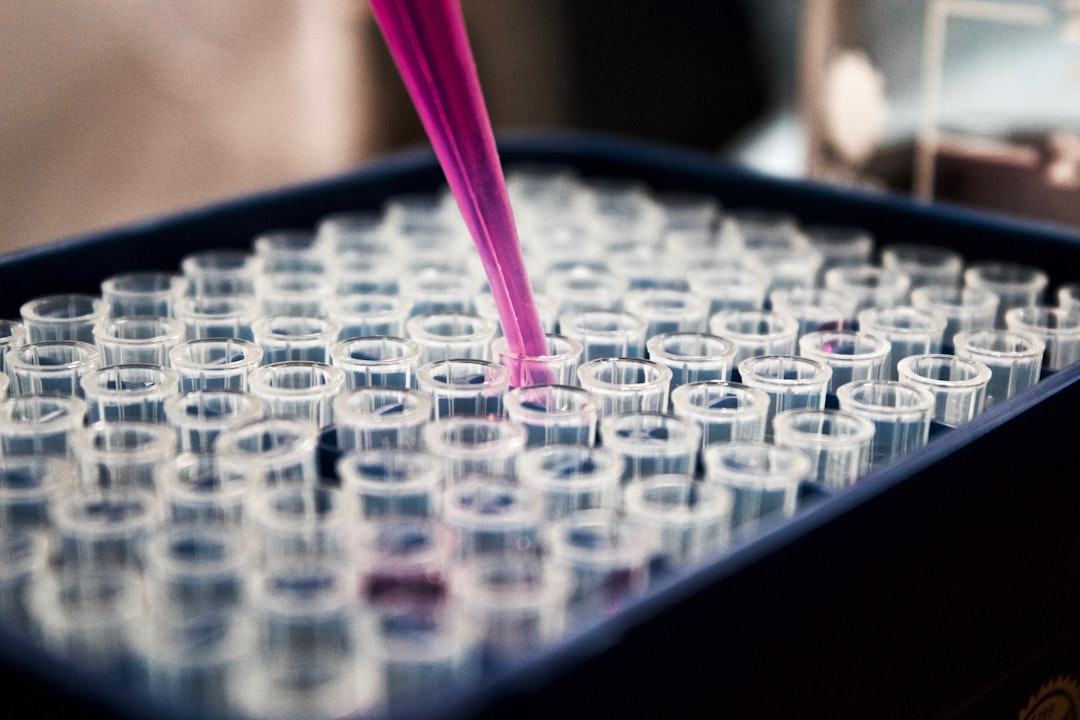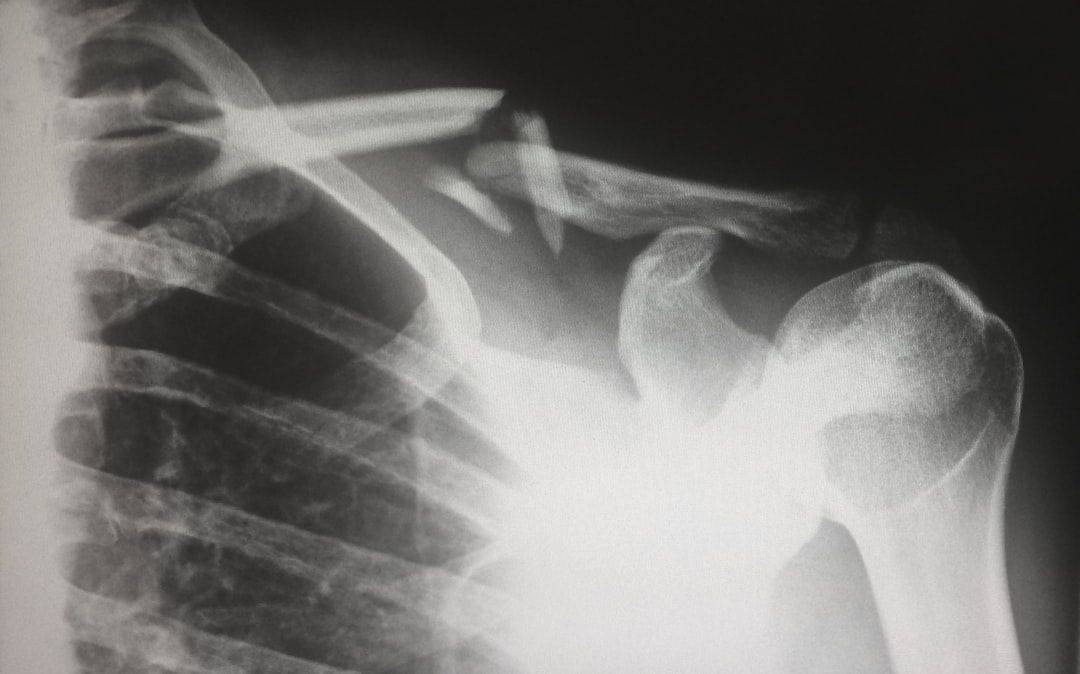What is it about?
We dive in to investigate how state-of-the-art polyamide membranes ionize and what controls this ionization behavior. Ionization is the process of a molecule gaining or losing an electron to become electrically charged. Polyamide ionization dictates the membrane charge—a key parameter for membrane performance. We found that the ionization of carboxylic acid (R-COOH), the most abundant functional group in polyamide, depended on its location in the membrane (i.e., surface or interior). We determined that this happened due to confinement effects - that is, the unexpected phenomena that happen at scales of less than 2 nanometers.
Featured Image

Photo by Levi XU on Unsplash
Why is it important?
New membrane processes and materials are needed to combat global water scarcity. The advancement of membrane materials for water purification processes such as desalination is hindered by our limited understanding of structure–property–performance relationships. Although polyamide ionization is key to enhancing the separation of charged solutes, such as salt in water, our results show that many of the ionizable molecules in polyamide films remain uncharged (and unutilized) during typical operation. We find that complete ionization of polyamide membranes offers significant improvements in performance. Our findings highlight the influence of nanoconfinement on membrane ionization and performance. We hope this advancement in our understanding of confinement effects will lead to improved theories and new membrane design.
Perspectives
Right now, the membranes we are using for water purification processes such as desalination are not operating at their full potential. Any fundamental knowledge that we could gain on how these things work could enable the design of better membranes in the future.
Cody Ritt
Yale University
Read the Original
This page is a summary of: Ionization behavior of nanoporous polyamide membranes, Proceedings of the National Academy of Sciences, November 2020, Proceedings of the National Academy of Sciences,
DOI: 10.1073/pnas.2008421117.
You can read the full text:
Resources
Contributors
The following have contributed to this page










